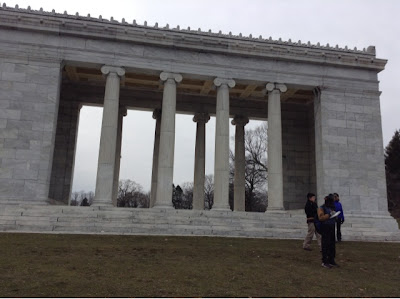Today, we assessed a commons in our neighborhood: Roger Williams Park! We used a map to see what our park is used for. We made a comprehensive list of all the common space in the park and discussed what could be done in each area. We even discussed whether places such as the zoo, museum and baseball diamonds could be considered a commons as you have to make reservations or pay to use some of that space. Some stated it is still considered a common space because you can pay and enjoy the area as you wish while others said that it is not a common space because it is only open to those who can afford to use it.


After assessing this common space, we played a game called Oh Deer. In this game, half the class starts out as deer on one side of the room and the other half of the class are resources that the deer need. Each deer secretly decides whether they need food, water or shelter and make a symbol over their heads to indicate this. The resources secretly decide whether they will be food, water or shelter and indicate this over their heads as well. When prompted, both groups of students turn around and the deer run over and take the student resource that matches theirs. If a deer cannot find their resource, they turn into one and join the resources side of the room. This number of deer and available resources are recorded each round to help assess what happens in nature!
Finally, the students were able to meet a lovely Pueblan Milk Snake! This snake is non-venomous, but has "warning colors" so that animals in nature may think it COULD be!





























